Home>Gardening & Outdoor>Outdoor Recreation & Activities>How To Dispose Of An Old Trampoline


Outdoor Recreation & Activities
How To Dispose Of An Old Trampoline
Modified: February 28, 2024
Learn the best practices for disposing of an old trampoline to ensure safety and environmental responsibility. Explore outdoor recreation and activities with our expert tips.
(Many of the links in this article redirect to a specific reviewed product. Your purchase of these products through affiliate links helps to generate commission for Storables.com, at no extra cost. Learn more)
Introduction
So, you've had years of fun bouncing around on your trampoline, but now it's time to bid it farewell. Whether it's worn out, damaged, or you're simply ready to upgrade, disposing of an old trampoline requires careful consideration.
In this comprehensive guide, we'll walk you through the step-by-step process of responsibly and efficiently getting rid of your old trampoline. From disassembly to recycling and proper disposal, we've got you covered. We'll also explore options for giving new life to usable parts, ensuring that your beloved trampoline doesn't end up in a landfill prematurely.
By following these steps, you can not only free up space in your backyard but also contribute to environmental sustainability. Let's dive in and learn how to bid adieu to your old trampoline in the most eco-friendly and practical manner possible.
Key Takeaways:
- Disposing of an old trampoline involves careful disassembly and recycling of its metal frame, contributing to environmental sustainability and resource conservation.
- Exploring options for reusing and donating usable trampoline parts fosters community engagement and supports a circular economy, minimizing waste and promoting responsible resource management.
Read more: How To Dispose Of Old Glassware
Step 1: Disassembling the Trampoline
Before you can dispose of your old trampoline, you need to disassemble it properly. Start by removing the safety enclosure, if applicable, and then proceed to take off the mat and springs. This process will likely require multiple pairs of hands, so enlist the help of friends or family members to make the task more manageable.
Begin by carefully detaching the safety enclosure net from the frame, ensuring that all the hooks and attachments are released. As you disassemble the net, fold it neatly and set it aside for later evaluation. Next, remove the springs from the frame, taking care to note their placement and organization. This will make reassembly or recycling much easier down the line.
With the springs removed, you can now take off the mat. Lay it flat on the ground and systematically detach it from the frame, paying attention to any sewn-in components or additional fastenings. Once the mat is separated from the frame, roll it up and set it aside for proper disposal or potential recycling.
Now that the mat and springs are off, you can disassemble the frame itself. Depending on the trampoline’s design, this may involve unscrewing certain parts or simply separating the frame sections. Be sure to keep all hardware and components organized, as this will facilitate the recycling process and prevent any potential hazards during disposal.
By meticulously disassembling your trampoline, you set the stage for effective recycling and responsible disposal. With the various components separated, you’re now ready to move on to the next step in the process.
Step 2: Recycling the Metal Frame
Once you’ve disassembled the trampoline, you’ll likely find yourself with a substantial metal frame. Rather than sending this off to a landfill, consider recycling it to minimize environmental impact and contribute to the circular economy.
Before taking the frame to a recycling center, it’s essential to prepare it properly. Start by removing any non-metal components, such as plastic caps or rubber feet, that may be attached to the frame. These can often be recycled separately or disposed of according to local regulations.
After ensuring that the frame is free of non-metal elements, it’s time to transport it to a metal recycling facility. Many communities have designated drop-off locations for scrap metal, and some even offer curbside collection for large metal items. Check with your local recycling center or municipality to determine the most convenient and eco-friendly disposal option.
When delivering the frame to the recycling facility, be mindful of safety and efficiency. If the frame is large or cumbersome, consider disassembling it further to facilitate transportation and processing. Additionally, inquire about any specific requirements or recommendations from the recycling center to streamline the drop-off process.
By recycling the metal frame of your old trampoline, you’re not only diverting waste from landfills but also conserving valuable resources. The recycled metal can be repurposed for various applications, reducing the need for virgin materials and the associated environmental impacts of mining and manufacturing.
With the metal frame responsibly recycled, you’ve taken a significant step toward minimizing the environmental footprint of your trampoline disposal. Next, we’ll explore how to handle the remaining components, ensuring that they are managed in an environmentally conscious manner.
Step 3: Disposing of the Mat and Springs
Once the metal frame is on its way to the recycling center, it’s time to address the remaining components of your old trampoline: the mat and springs. While these elements may not be suitable for traditional recycling, there are still eco-friendly disposal options to consider.
Begin by evaluating the condition of the trampoline mat. If it’s still in relatively good shape, with minimal wear and tear, you may explore opportunities for repurposing or upcycling it. For instance, local artisans or DIY enthusiasts might find creative uses for the durable fabric, such as crafting outdoor furniture or repurposing it for gardening projects. Consider reaching out to community groups, makerspaces, or online platforms to connect with individuals who could give the mat a new lease on life.
If the mat is no longer usable in its current form, look into textile recycling programs in your area. Many municipalities offer collection points for textiles, including items like old clothing, linens, and, in some cases, large fabric pieces such as trampoline mats. By diverting the mat from the regular waste stream, you contribute to the circular economy and support sustainable waste management practices.
As for the springs, these may not be suitable for standard recycling due to their specific composition and design. However, you can explore local scrap metal recycling facilities to inquire about their acceptance of small metal springs. Some centers may be equipped to handle these items, ensuring that they are repurposed or processed in an environmentally responsible manner.
If local recycling options for the mat and springs are limited, consider reaching out to charitable organizations or community groups. They may have innovative ideas for repurposing or reusing these materials, potentially benefiting local initiatives or creative projects. By exploring these avenues, you can contribute to a more circular and sustainable approach to trampoline disposal.
By thoughtfully addressing the mat and springs, you’re taking proactive steps to minimize the environmental impact of your old trampoline. Next, we’ll delve into the possibilities of giving new life to usable trampoline parts, fostering a culture of reuse and resourcefulness.
Consider disassembling the trampoline and recycling the metal frame. You can also check with your local waste management facility for any specific disposal guidelines for the trampoline mat and other parts.
Step 4: Donating or Selling Usable Parts
As you continue the trampoline disposal process, consider the potential value of its usable parts. While the entire trampoline may have reached the end of its functional lifespan, individual components could still serve a purpose for others. By donating or selling these parts, you not only divert waste from landfills but also contribute to community engagement and resourcefulness.
If the safety enclosure net is in good condition, free from significant wear or damage, consider donating it to local organizations or individuals in need. Non-profit groups, schools, or community centers may welcome the opportunity to acquire a functional safety net for their recreational facilities. Additionally, online platforms specializing in secondhand items can connect you with individuals seeking replacement parts for their own trampolines.
The frame padding, if still in decent shape, can also find new homes through donation or resale. Many families or organizations may appreciate the chance to acquire well-maintained padding for their trampolines, enhancing safety and enjoyment without the need for new materials. By extending the useful life of these components, you promote sustainability and responsible resource management.
Furthermore, if any of the springs are in good working condition, consider offering them for sale or donation. DIY enthusiasts, crafters, or individuals with trampoline repair projects may benefit from access to spare springs, reducing the demand for new manufacturing and supporting a culture of reuse and repair.
By exploring donation and resale opportunities for usable trampoline parts, you actively participate in the circular economy, extending the lifecycle of materials and fostering a sense of community collaboration. Additionally, you contribute to reducing the environmental footprint associated with new production and waste generation.
With the potential for rehoming usable trampoline parts addressed, we’ll now focus on the final step of the disposal process: handling non-recyclable components in an environmentally responsible manner.
Read more: How To Dispose Of An Old Bathtub
Step 5: Proper Disposal of Non-Recyclable Parts
As you near the completion of your trampoline disposal journey, it’s crucial to address any non-recyclable components that remain. While the majority of the trampoline may have been repurposed, recycled, or donated, there may still be elements that require careful handling to ensure responsible disposal.
Start by identifying any non-metal, non-textile, and non-reusable parts that are left after the disassembly process. This may include plastic components, worn-out padding, or other materials that are not suitable for traditional recycling or repurposing. Once segregated, assess local waste management guidelines to determine the appropriate disposal method for these items.
If your community offers specialized waste collection programs for non-recyclable materials, such as bulky plastics or mixed materials, take advantage of these services to ensure that the trampoline components are managed in an environmentally sound manner. Many municipalities provide scheduled pickups or drop-off locations for items that fall outside the scope of regular recycling streams.
Alternatively, consider reaching out to waste management facilities or local disposal centers to inquire about the proper handling of non-recyclable trampoline parts. Some facilities may offer guidance on specific disposal procedures, ensuring that these items are managed in compliance with environmental regulations and best practices.
For components that cannot be accommodated by standard waste collection services, explore options for specialized disposal, such as designated landfill drop-off points or hazardous waste facilities. While these measures represent the last resort for trampoline components, they ensure that non-recyclable materials are handled in accordance with environmental protection standards.
By conscientiously addressing the proper disposal of non-recyclable trampoline parts, you complete the disposal process with a commitment to environmental responsibility. Through adherence to waste management guidelines and consideration of specialized disposal options, you contribute to sustainable waste practices and minimize the environmental impact of trampoline disposal.
With the disposal process comprehensively addressed, you’ve successfully navigated the journey of bidding adieu to your old trampoline in an environmentally conscious and practical manner.
Conclusion
Disposing of an old trampoline involves more than simply discarding it in a landfill. By following the steps outlined in this guide, you’ve taken proactive measures to ensure that your trampoline is responsibly managed, minimizing its environmental impact and maximizing the potential for resource recovery.
From the meticulous disassembly of the trampoline to the recycling of its metal frame, you’ve embraced a sustainable approach to waste management. By evaluating the condition of the mat and springs and exploring opportunities for reuse, resale, or donation, you’ve contributed to the circular economy and community engagement.
Throughout the disposal process, your commitment to environmentally conscious practices has been evident. By addressing the proper disposal of non-recyclable trampoline components in accordance with local waste management guidelines, you’ve demonstrated a dedication to responsible stewardship of resources.
By responsibly managing the disposal of your old trampoline, you’ve not only freed up space in your backyard but also minimized the burden on landfills and natural resources. Through recycling, repurposing, and thoughtful handling of non-recyclable materials, you’ve played a vital role in sustainable waste management.
As you bid farewell to your old trampoline, you’ve set an example of environmental responsibility and resourcefulness. By incorporating these principles into your disposal process, you’ve made a tangible difference in reducing waste and promoting a culture of sustainability.
By embracing a comprehensive approach to trampoline disposal, you’ve exemplified the power of individual actions in contributing to a more sustainable and environmentally conscious society. Your commitment to responsible waste management serves as an inspiration for others to follow, fostering a collective effort toward a greener, more sustainable future.
Frequently Asked Questions about How To Dispose Of An Old Trampoline
Was this page helpful?
At Storables.com, we guarantee accurate and reliable information. Our content, validated by Expert Board Contributors, is crafted following stringent Editorial Policies. We're committed to providing you with well-researched, expert-backed insights for all your informational needs.

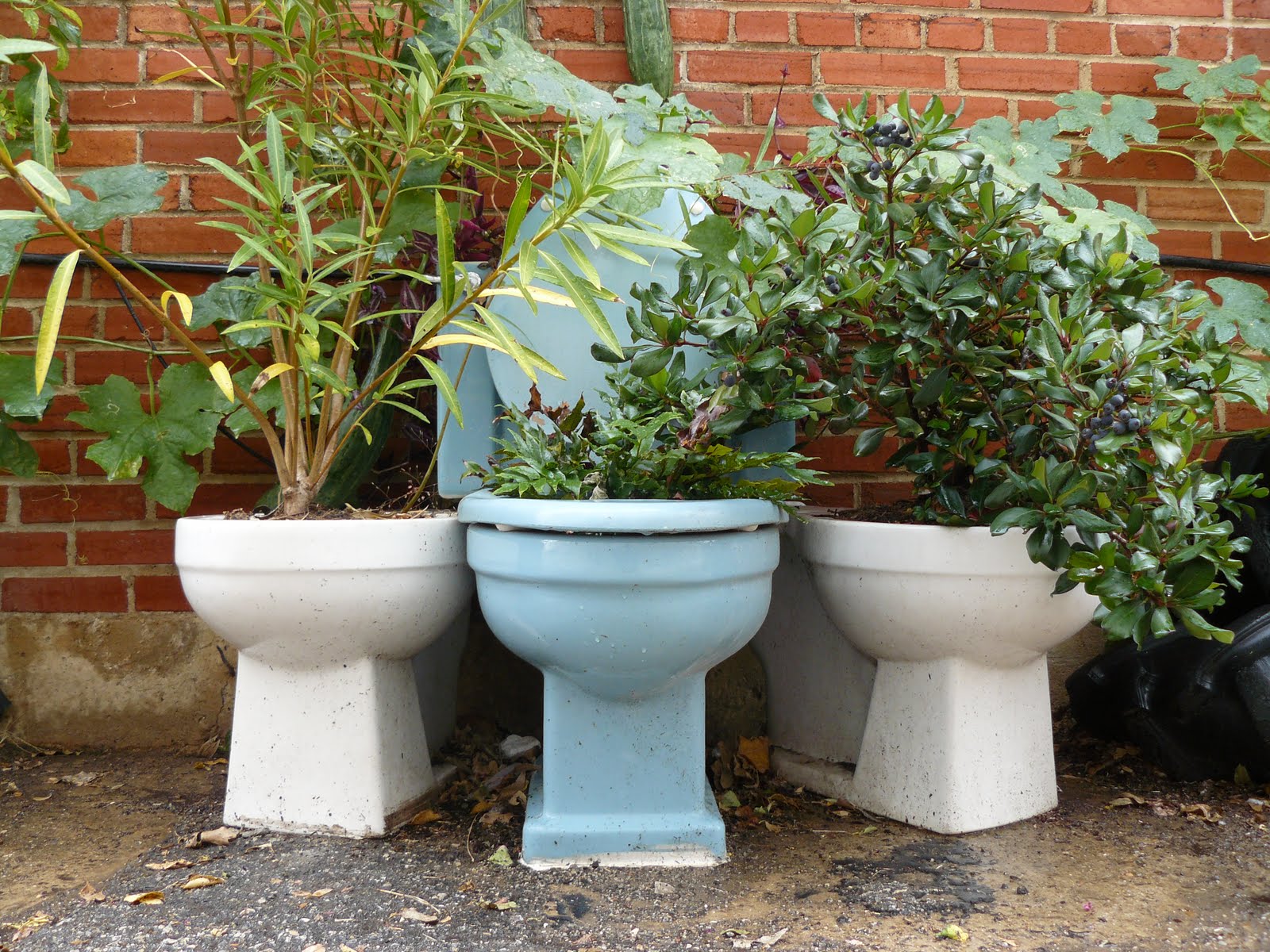

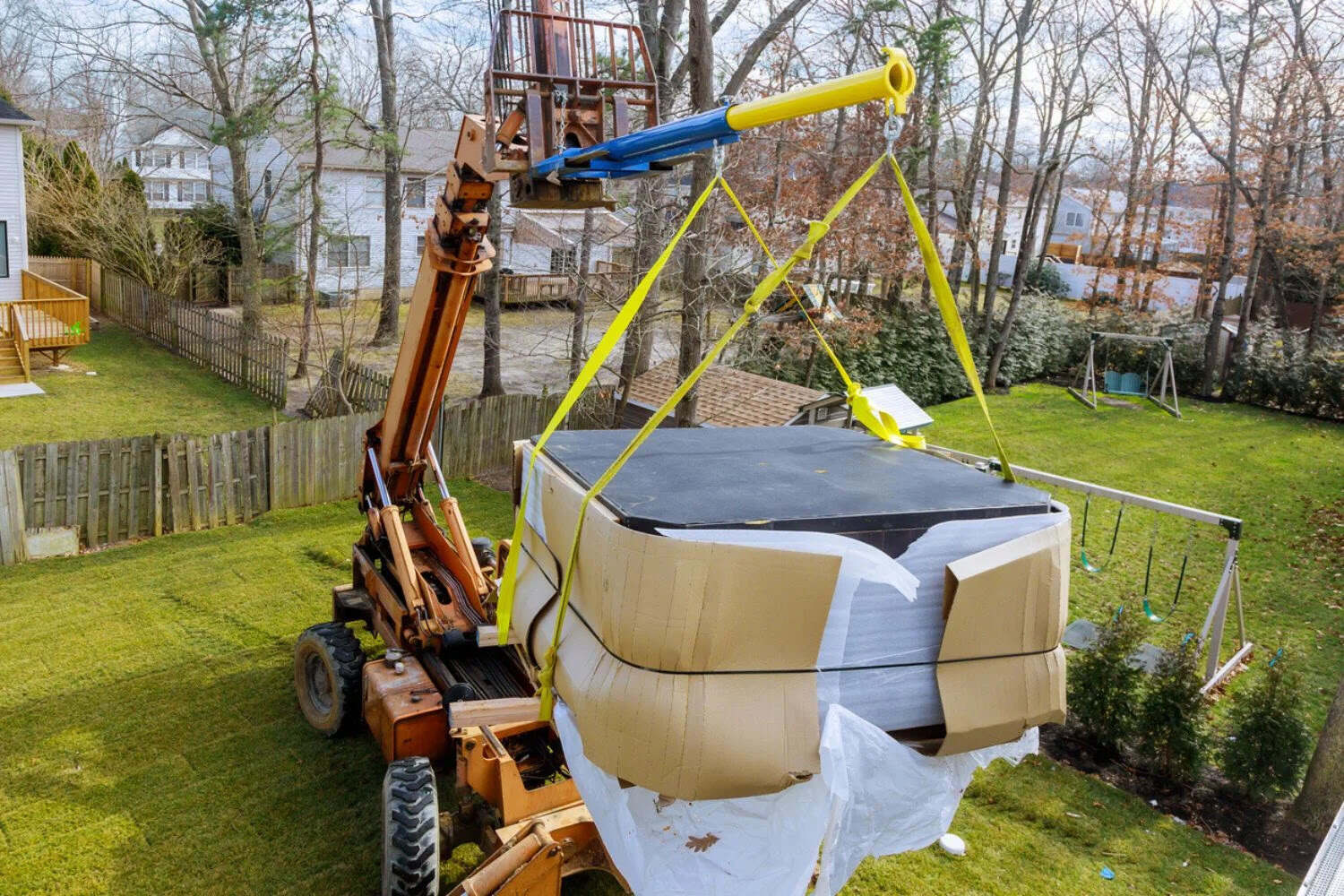


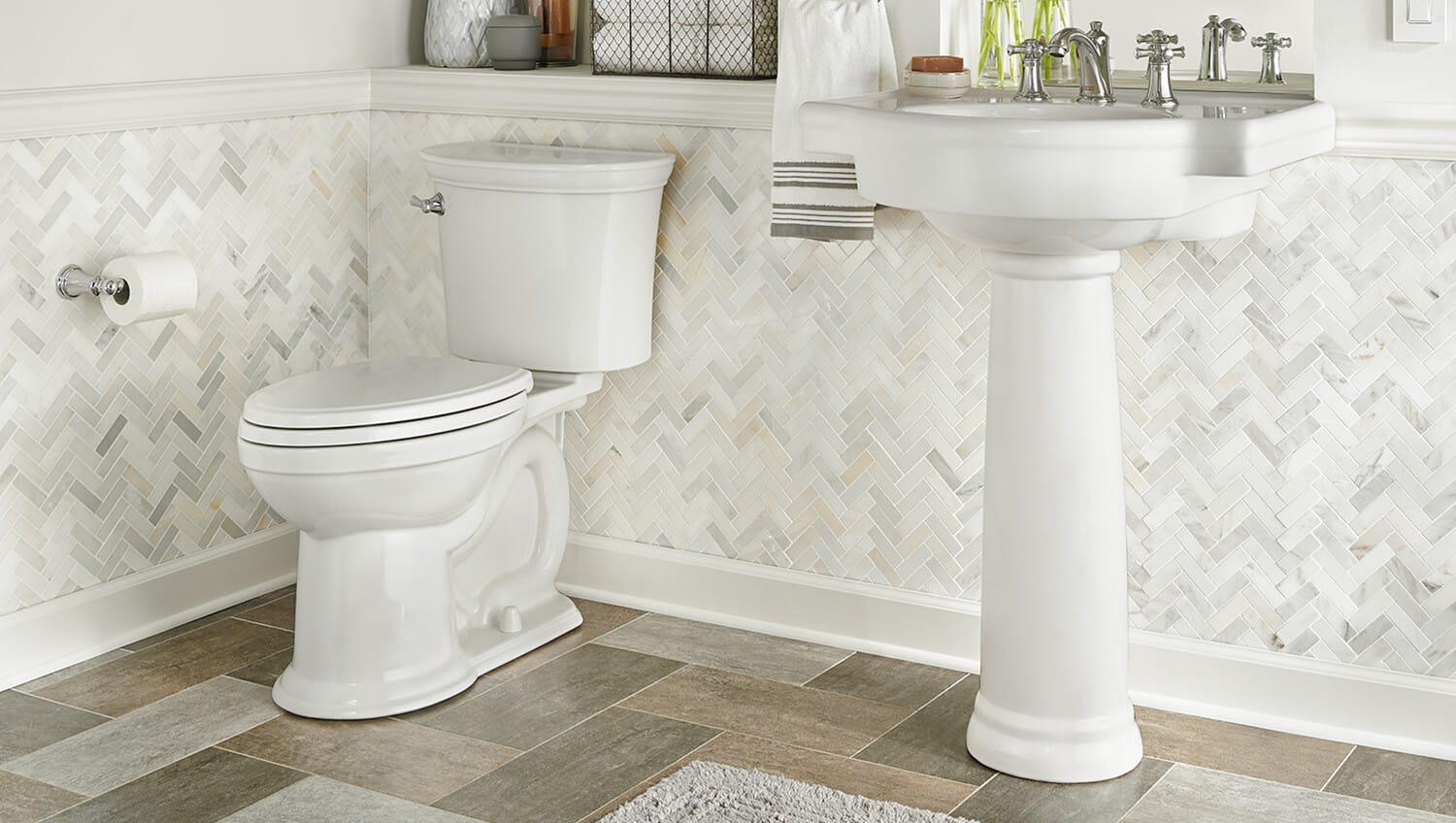

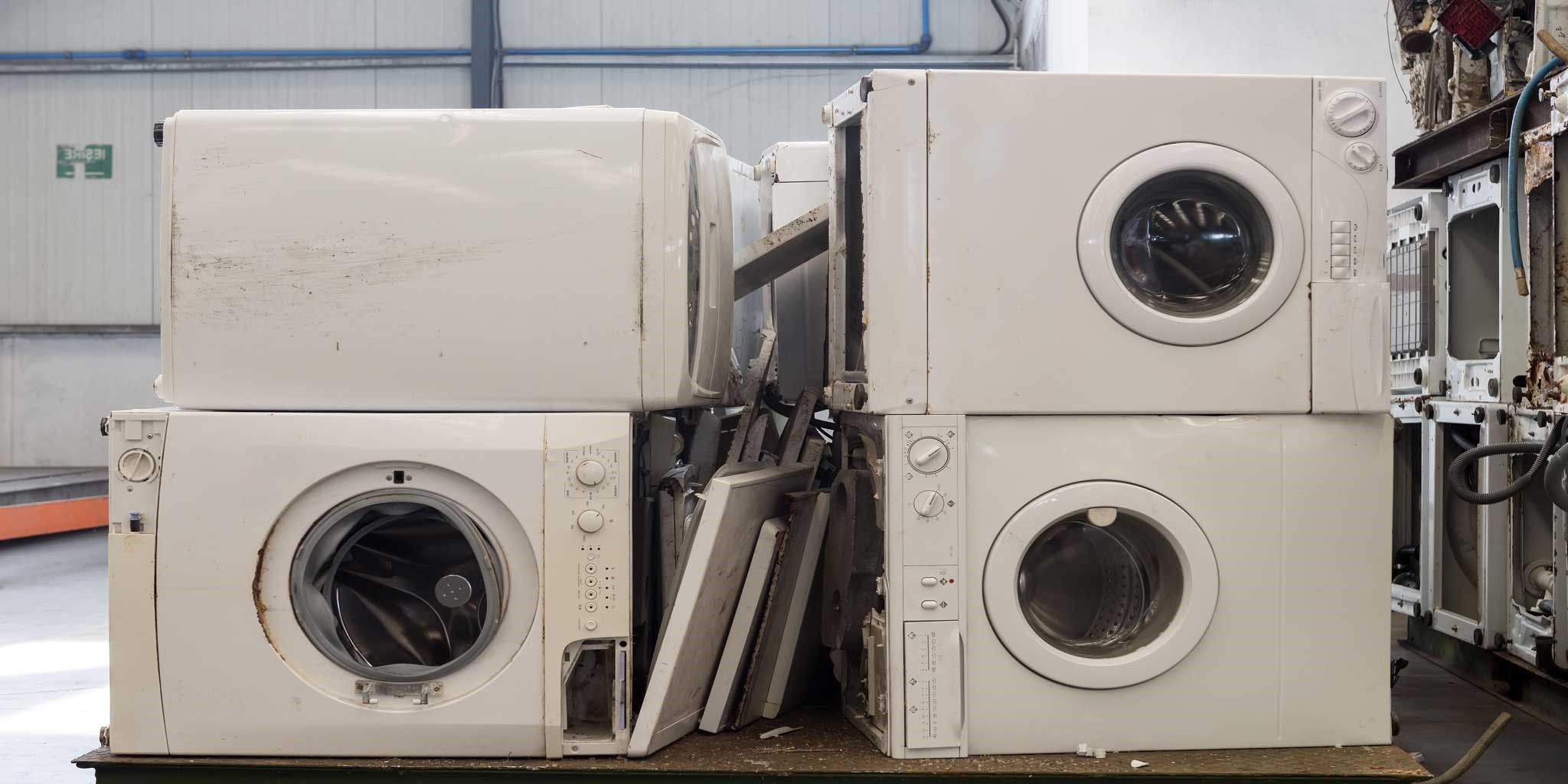

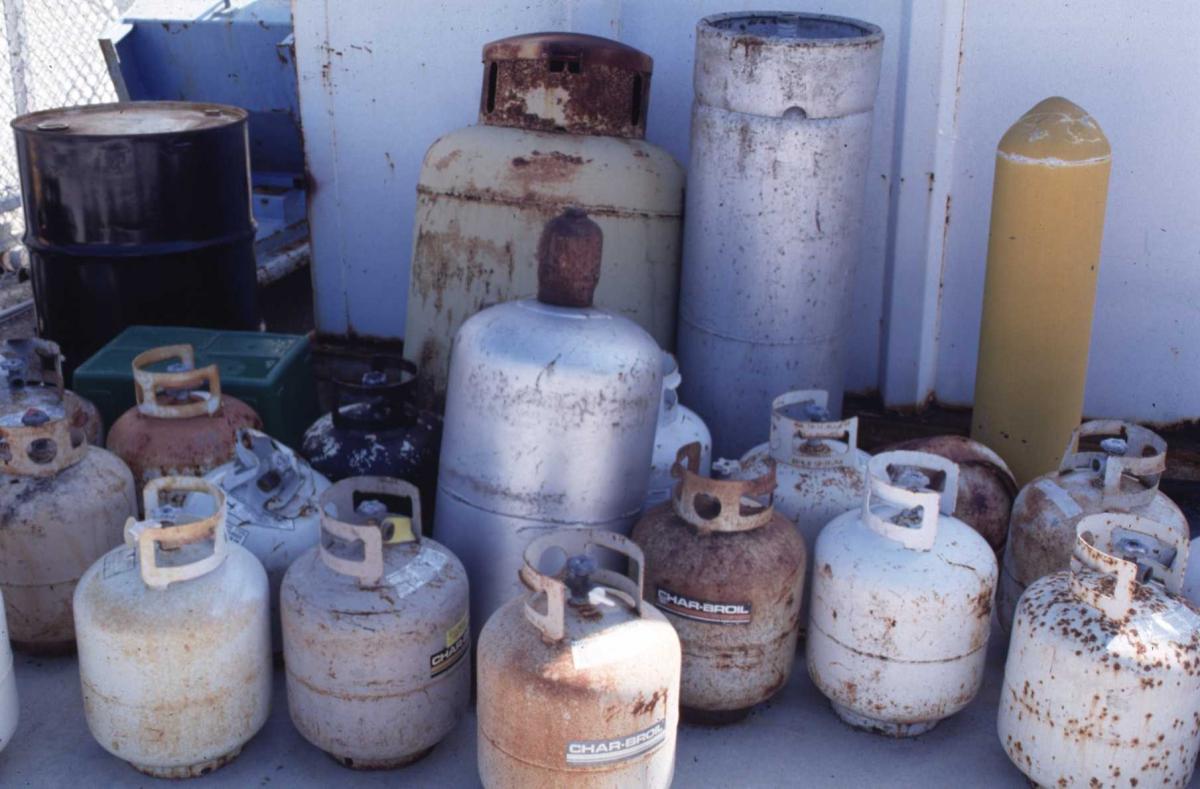
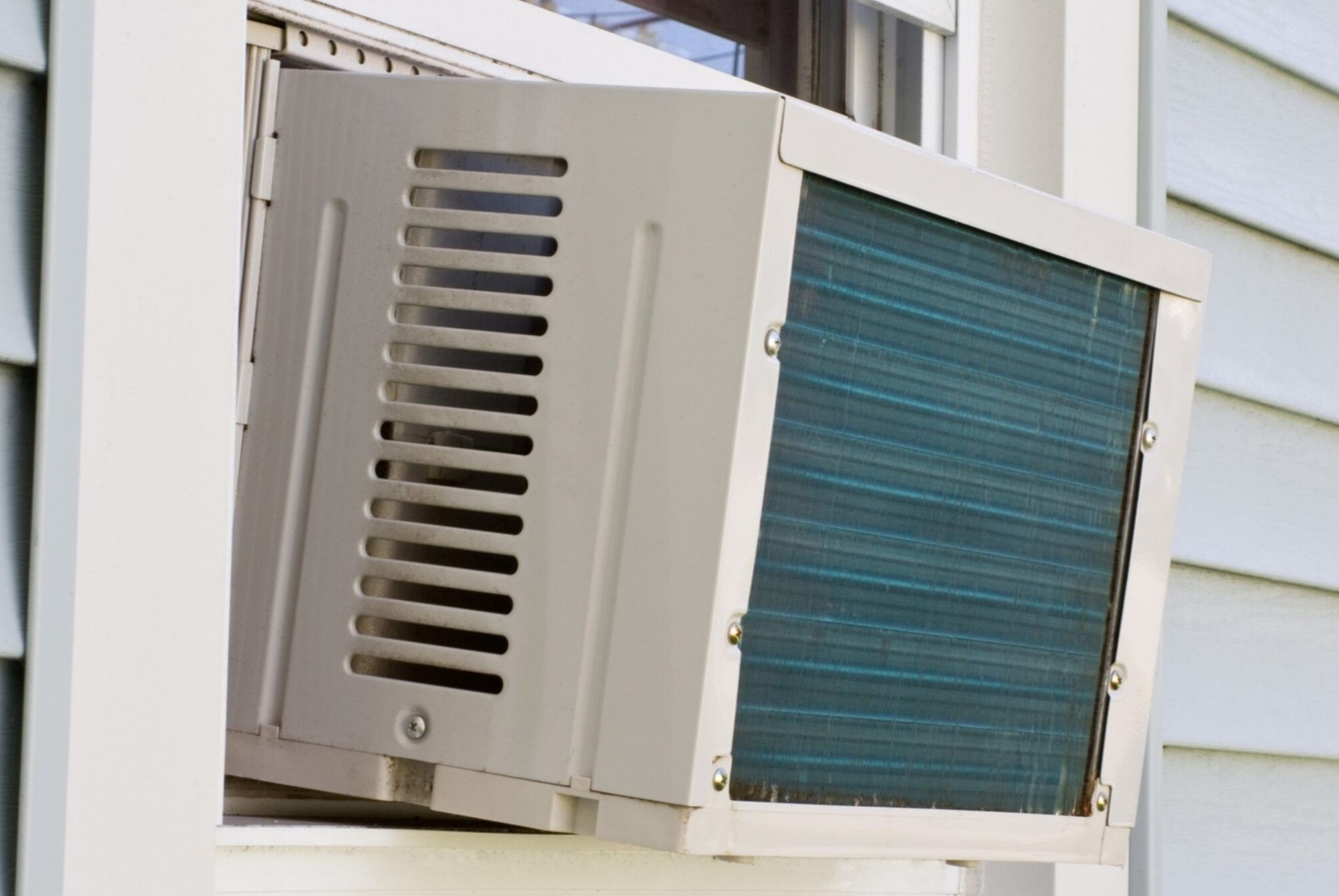
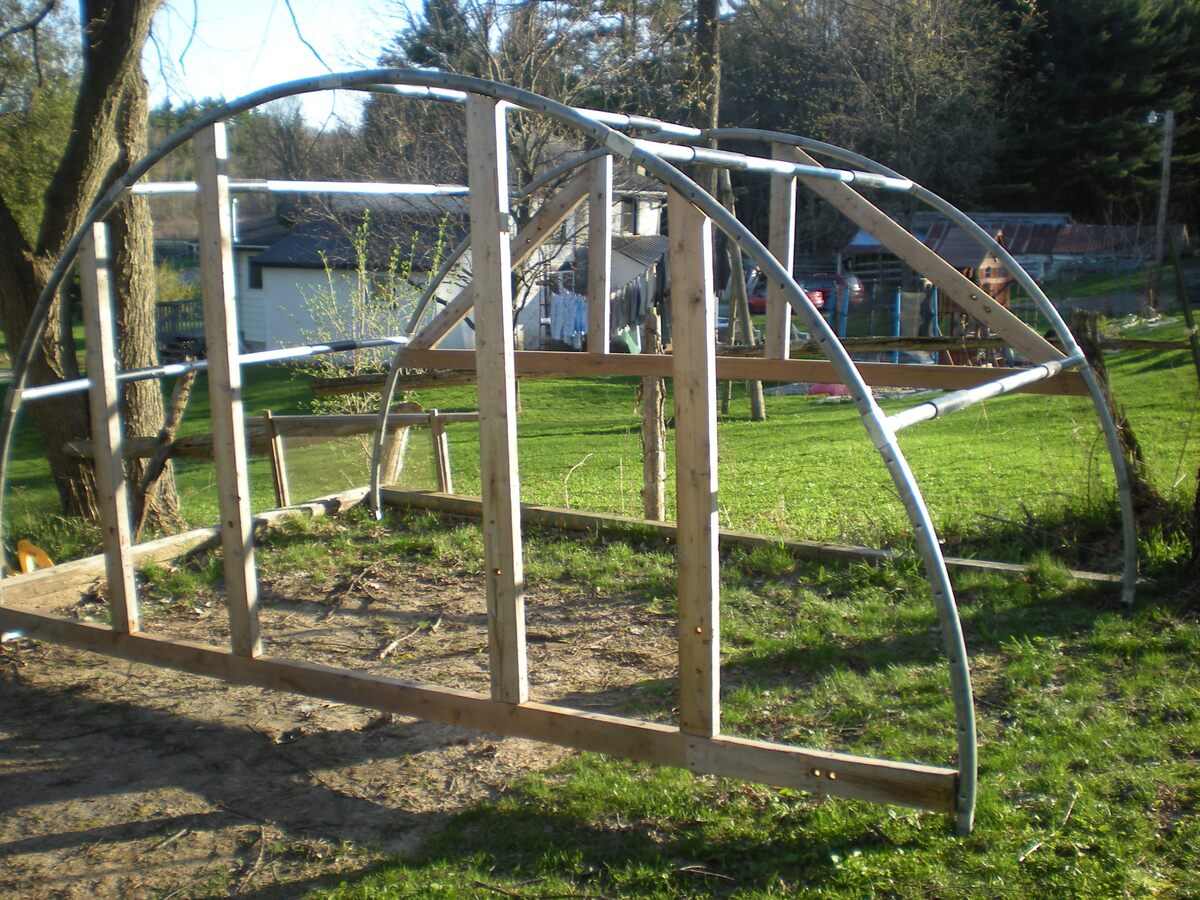


0 thoughts on “How To Dispose Of An Old Trampoline”